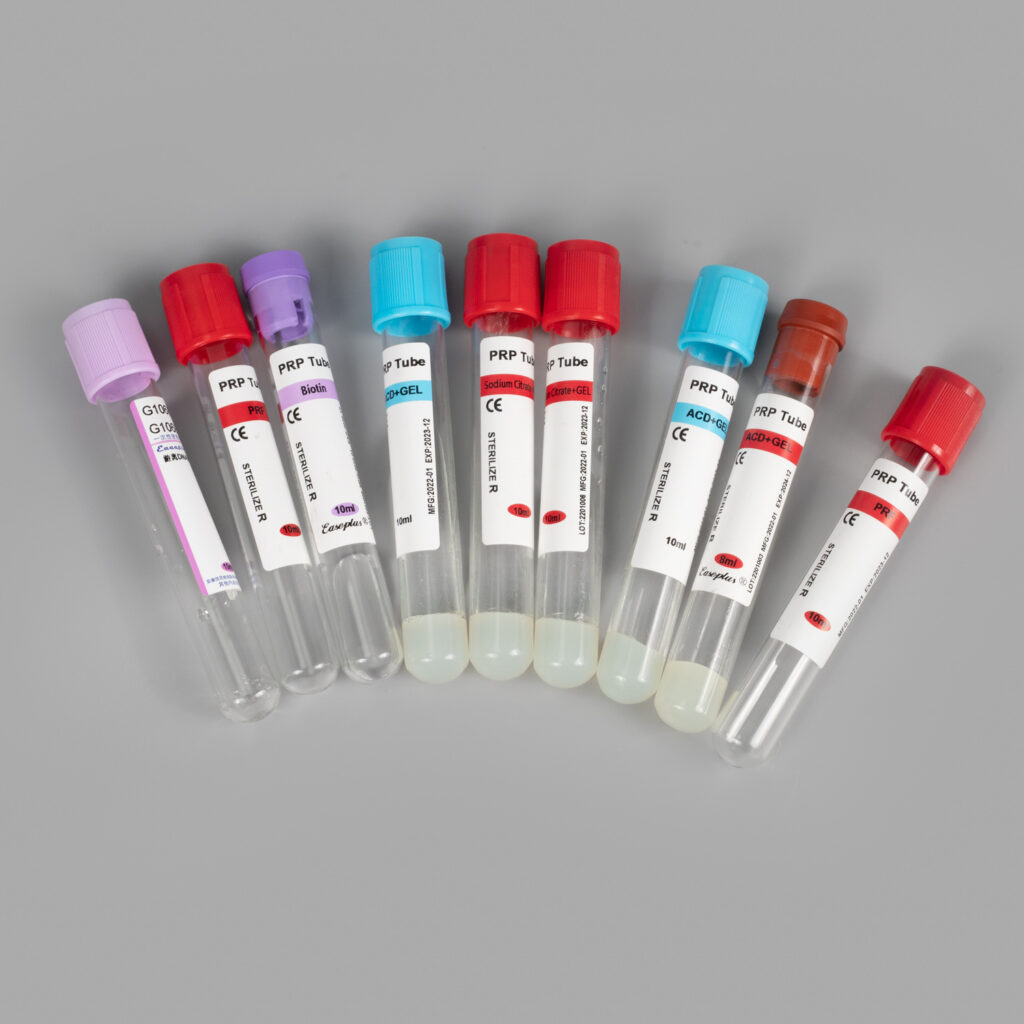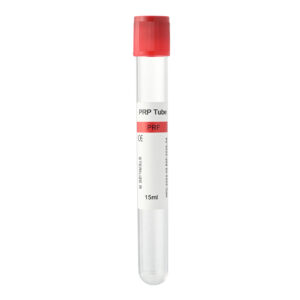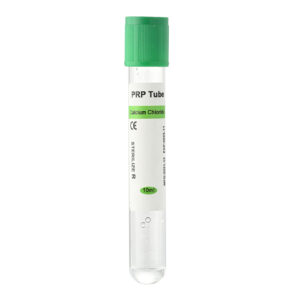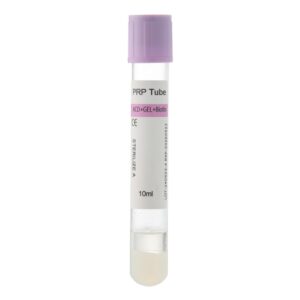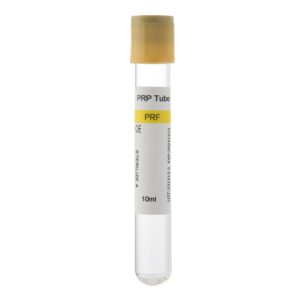PRP Microneedling, which stands for Platelet-Rich Plasma combined with microneedling, is an innovative skin regeneration treatment that utilizes an individual’s natural healing capabilities to enhance skin health and appearance. This treatment combines the technology of microneedling with PRP, leveraging the body’s natural repair mechanisms to achieve deep skin repair and beautification. The following content will detail the working principles, advantages and disadvantages, suitable candidates, treatment process, and expected outcomes of this treatment method.
Understanding PRP Microneedling
Microneedling Procedure
Microneedling, also known as collagen induction therapy, involves using a device equipped with tiny needles to create micro-punctures on the skin’s surface, thus stimulating the body’s self-repair abilities. This method stimulates collagen and elastin production, both key components in maintaining skin elasticity and firmness.
The Enhancing Effect of PRP
PRP is produced by separating platelets from the patient’s blood, which is rich in growth factors that promote cell growth and repair. Applying PRP to the skin after microneedling significantly enhances the skin’s repair speed and effectiveness, resulting in more significant and lasting treatment results.
Advantages and Disadvantages of PRP Microneedling
Advantages
- Natural Recovery: Using the patient’s blood to create PRP reduces the risk of allergic reactions and side effects.
- High Efficiency: Compared to traditional microneedling, adding PRP accelerates the skin’s healing process and improves effectiveness.
- Versatility: Suitable for treating wrinkles, scars, uneven skin tones, and other skin issues.
- Lasting Effects: The collagen and elastin proliferation promoted by PRP microneedling can maintain long-term skin improvement.
Disadvantages
- Initial Reactions: Post-treatment, the skin may temporarily experience redness, bruising, or a stinging sensation.
- Cost and Time: PRP microneedling is generally costly and may require multiple treatments to achieve optimal results.
- Limitations in Selection: Not suitable for individuals with certain blood disorders or a high risk of infection.
Suitable Candidates
PRP microneedling is particularly suitable for the following groups:
- Middle-aged and older individuals who wish to improve skin quality and appearance: Especially effective against skin aging and reducing fine lines and wrinkles.
- Individuals with scars and skin damage, Such as acne and surgical scars.
- People with loose skin: Looking to enhance skin firmness and elasticity.
- Young individuals seeking non-invasive treatments Who wish to improve their skin condition naturally.
Treatment Process
- Preliminary Consultation: Assessing the patient’s skin condition and medical history to determine suitability for PRP microneedling.
- Preparation Stage: Thoroughly clean the patient’s skin before treatment and apply a topical anesthetic to reduce pain.
- Blood Collection and PRP Preparation: Blood is drawn from the patient and centrifuged to separate the platelet-rich plasma.
- Microneedling Procedure: A microneedling device creates micro-punctures on the skin, followed by applying PRP to the treated area.
- Post-Treatment Care: Providing detailed care instructions to help patients alleviate post-treatment discomfort and promote skin recovery.
Differences Between PRP and PRF
PRP (Platelet-Rich Plasma) and PRF (Platelet-Rich Fibrin) are biomaterials used for skin regeneration but differ in preparation methods and clinical applications. PRP is obtained by centrifuging blood to separate the platelet-rich component. In contrast, PRF is produced using a slower centrifugation speed to retain more blood cells and growth factors, forming a fibrin-rich gel. PRF releases growth factors longer, providing more sustained treatment effects. Additionally, PRF typically does not require the addition of anticoagulants, whereas PRP may.
Conclusion
PRP microneedling is an effective cosmetic technique that significantly improves skin quality and appearance through the body’s self-repair mechanisms. Despite some disadvantages, such as pain and high treatment costs, the long-term benefits often outweigh these short-term discomforts. Choosing experienced professionals for the treatment can ensure maximized safety and effectiveness. This treatment method is ideal for those seeking to improve their skin condition through natural, efficient means.

